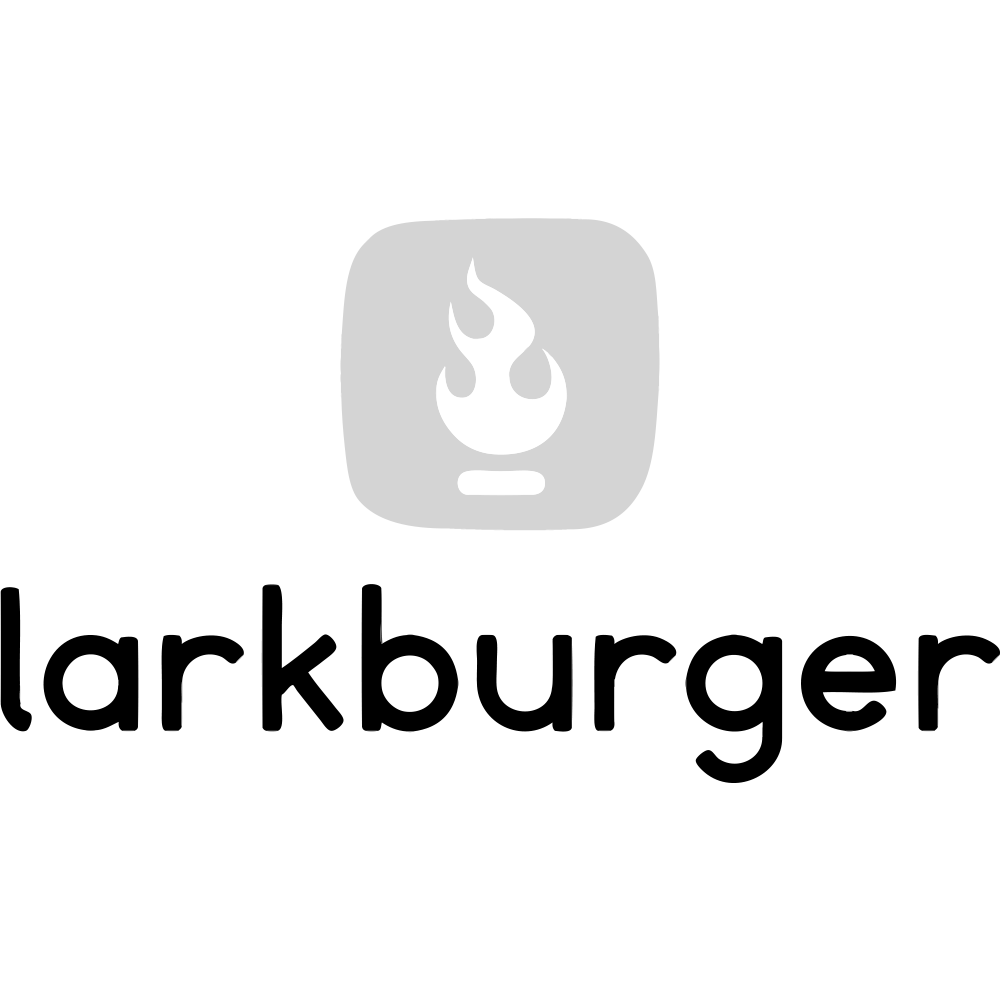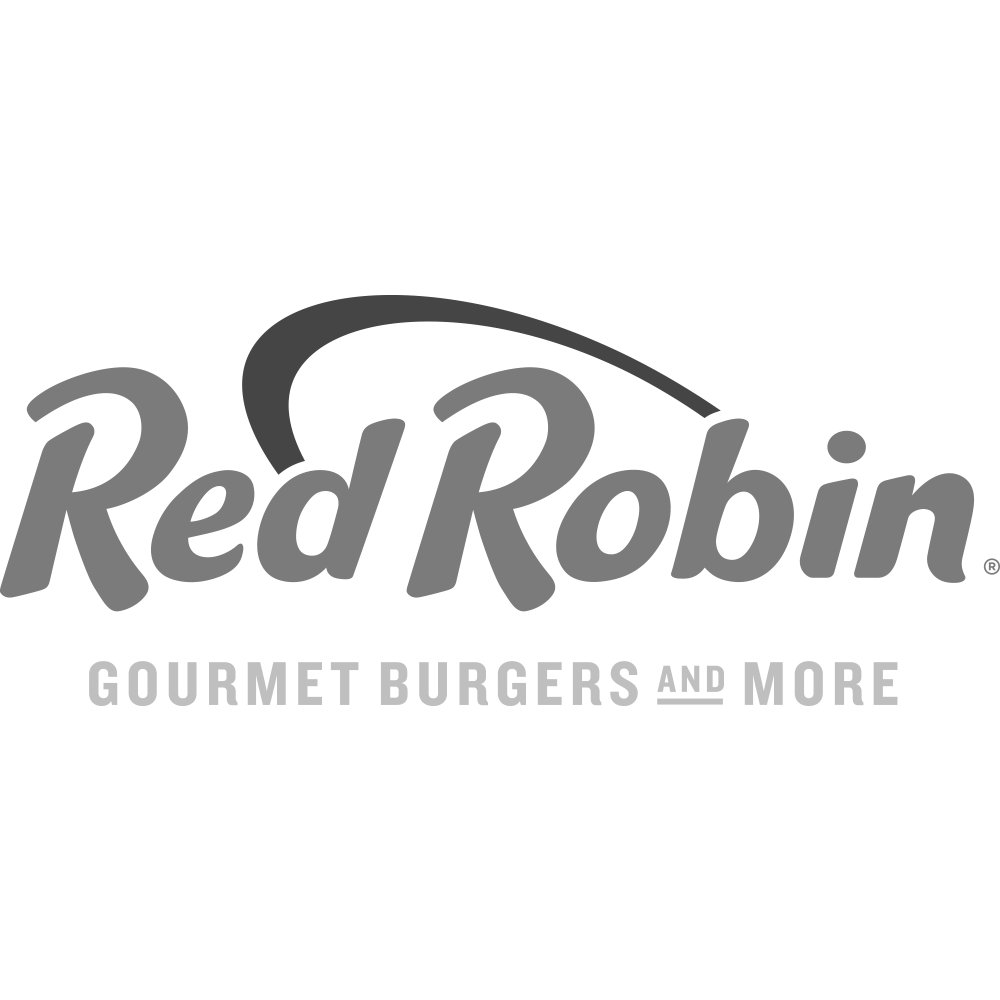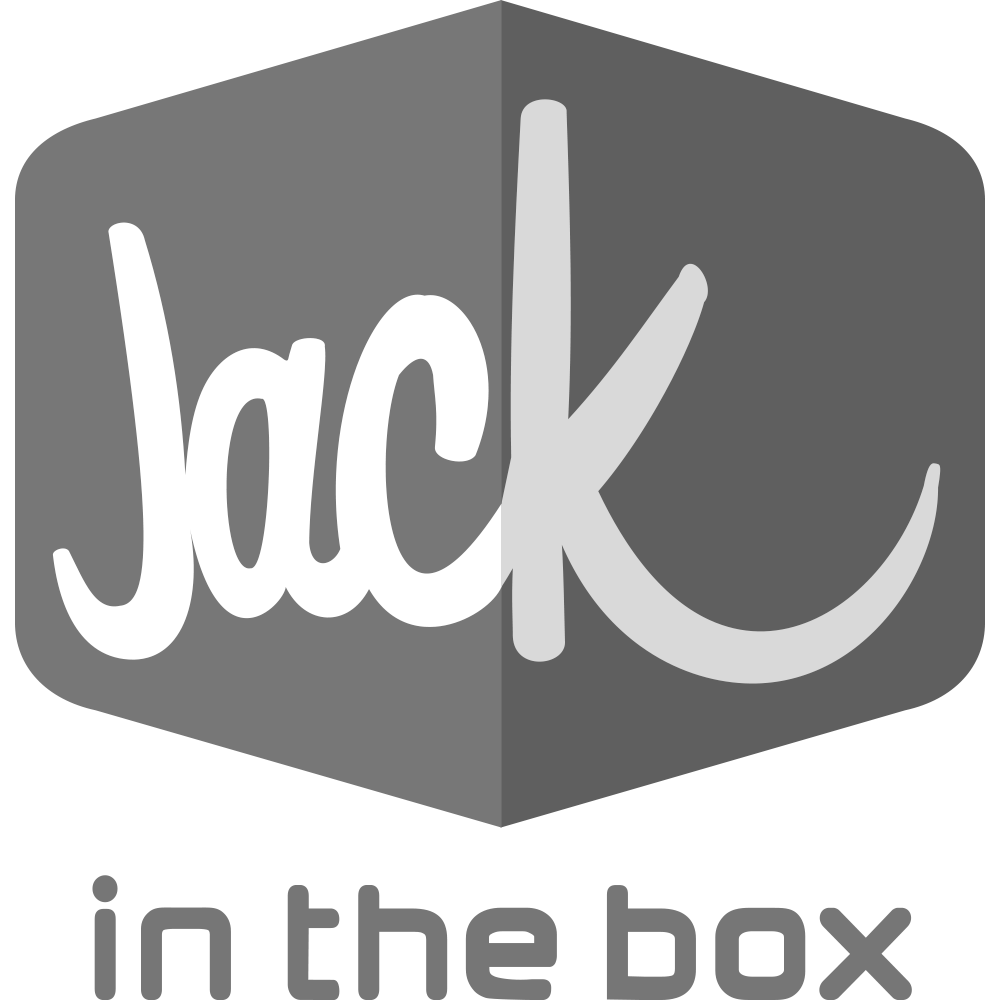OLD CHICAGO PIZZA & TAPROOM TRANSFORMS TRAINING PROGRAM TO IMPROVE CONSISTENCY OF GUEST EXPERIENCE
Old Chicago was using multiple applications across 90 locations to train new employees, roll out new recipes, promotions, and update policies and procedures; that piecemeal approach was falling short. Their previous cloud-based file sharing system did not support its test restaurant strategy used to determine new recipes and procedures effectiveness prior to rolling to the entire brand.
Videos were difficult and unreliable to distribute and employees could not quickly or realistically view those videos without an Internet connection. And employees were searching through hundreds of files to locate the content specifically meant for their location or job role.
Download the Case Study








Solutions to Elevate Your People & Processes
Improve Operational Performance
Scale the business, improve performance and drive cost savings using reports that identify the people and processes that make a difference.
Implement Operational Learning
Goodbye back office. People learn faster and retain more when using interactive content in real-world situations. “On the job training” just became “In the job learning”.
Retain & Develop Employees
End back office training and increase employee confidence with modern training experiences and interactive content.
Digitize Operations & Processes
Forms and simple task sequencing functions make collecting data and going paperless easy.
Communicate with Deskless Employees
Deskless employees and field workers are difficult to reach, particularly when they don’t have corporate email.
Access Information Quickly
Video and multimedia clogs networks, impacting mission critical point-of-sale systems or customer internet.
Create & Publish Content Easily
Breathe new life into existing documents by attaching videos. Users can also add real-life examples for content that leaps out of the page.

"As Director of Training, knowing that my teams have the most current, and correct training materials in their hands is paramount to our success. We are a growing concept, and without the consistency that Playerlync brings to our teams across the country it would be tougher than it needs to be."

“93% of the restaurant managers answered “yes” when asked “if you were running the company and it were your decision, would you deploy PlayerLync to all restaurants”. This was the highest score of any shakedown test we had received.”

"It really boils down to efficiencies and manpower. The things that used to take us 20, 30, 40 hours now maybe take us 2 or 3 or 4 minutes. We can deploy those savings to other issues, whether they be other research projects or just other utilization of our manpower."